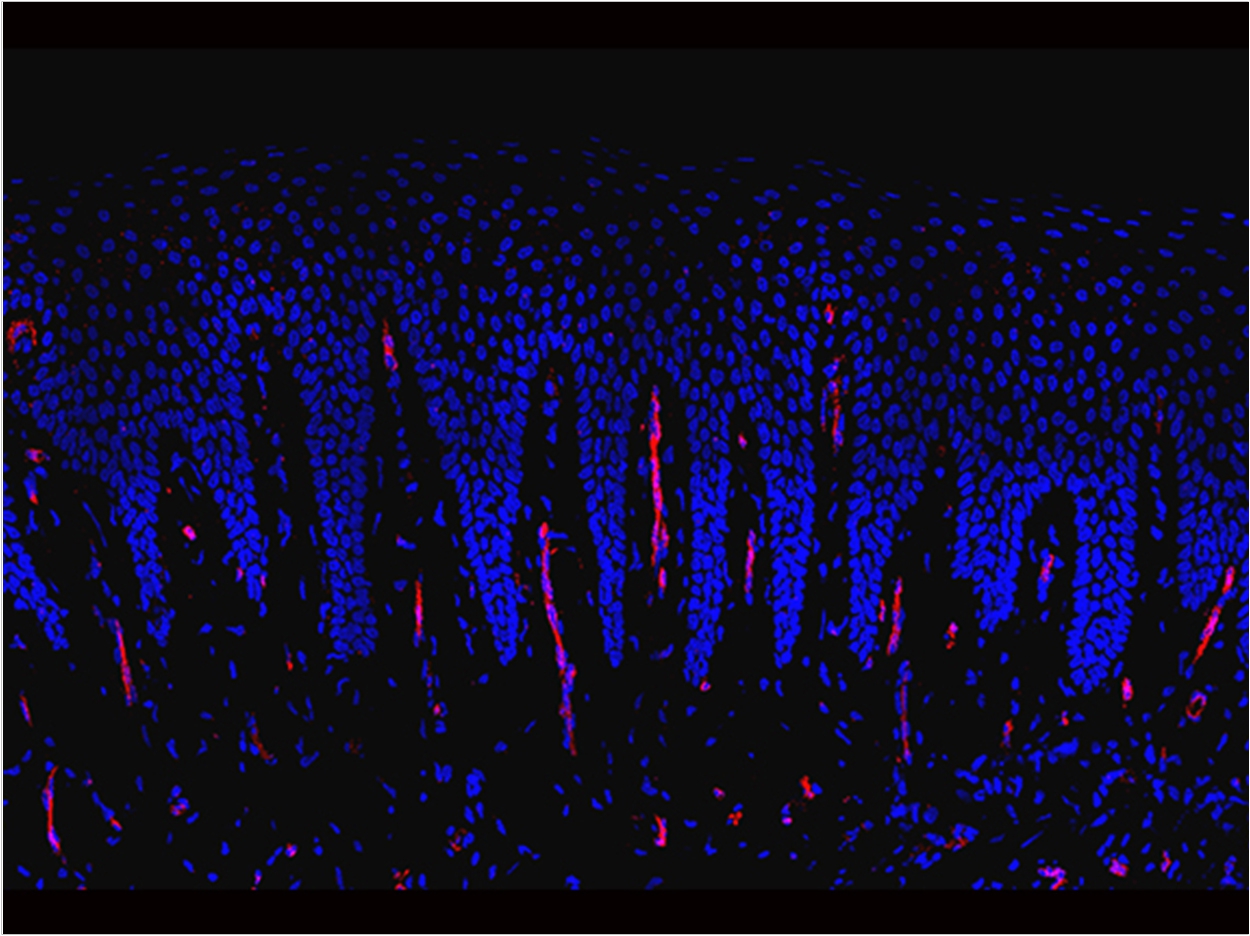
Researchers at the Centre for Craniofacial & Regenerative Biology at King’s College London have published the first cellular characterization of the human gingiva using single-cell RNA sequencing. The study identified novel subtypes of gingival cells and their molecular signatures, revealing new principles for gingiva homeostasis and the response to periodontitis, extending the knowledge of this disease, the researchers said.
The mucosal barrier surrounding the teeth, or gingiva, actively contributes to immune responses and immunotolerance. Such functions are reflected in the diversity of cell types that constitute the human gingiva. The researchers analyzed more than 12,000 human gingival cells from health patients and patients with periodontitis, revealing a diversity of 16 cell types, including epithelial, stromal, endothelial, and immune cells.
Most interestingly, the researchers said, the study revealed how these cell populations progress from health to disease and uncovered molecularly distinct subpopulations of epithelial and stromal cells. Using transcriptional diversity to predict developmental potential, the study identified a novel mesenchymal population characterized by AEBP1 expression.
The researchers also predicted the association of specific cell types using a bioinformatics approach evaluating the expression of cellular receptors and their ligands. The researchers additionally said that the study raises interesting questions about the role of certain cell types in response to periodontitis. Investigating how exactly these specific cells engage in health and disease, through single-cell sequencing approaches, is sure to extend the knowledge of oral biology even further.
Taken together, the researchers said, the transcriptome of each cell population and candidate interacting cells provide an invaluable blueprint for future studies aimed at deciphering the role of specific gingival cells that contribute to homeostasis and periodontitis. The findings raise the possibility that clinical strategies might be developed by the discovery of both new drug and cell targets, they added, and such approaches might provide treatment options for periodontitis as well as the wide range of chronic inflammatory diseases.
The study, “Defining Human Mesenchymal and Epithelial Heterogeneity in Response to Oral Inflammatory Disease,” was published by eLife.
Related Articles
Environment May Impact Stem Cells’ Ability to Regenerate Dental Tissue
Gene Changes After Trigeminal Nerve Injury Shed Light on Chronic Pain
Cell Cap May Enable Easier Dental Tissue Regeneration












